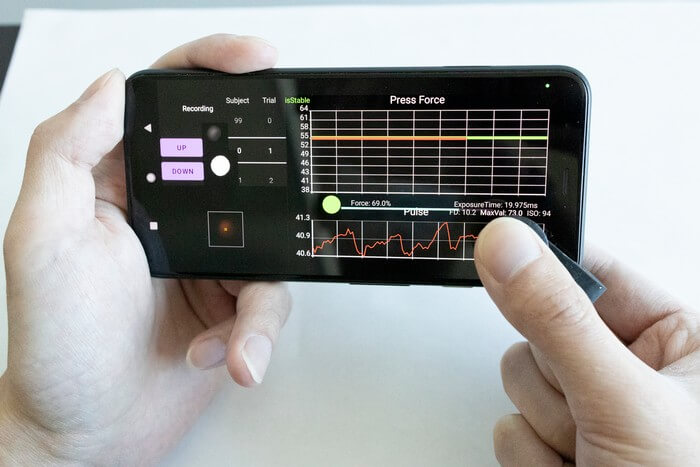Engineers from the University of California San Diego have come up with a cheap and simple way to check blood pressure using a smartphone. They’ve made a clip that works with the phone’s camera and flash. The clip is used with a special app on the smartphone and costs about 80 cents to produce. If made in large quantities, it could cost as low as 10 cents each.
This technology was shared in the journal Scientific Reports. The team hopes it could make checking blood pressure more regular, cheap, and available for people who don’t have many resources. It could be useful for older adults and pregnant women to manage conditions like high blood pressure.
“We’ve created an inexpensive solution to lower the barrier to blood pressure monitoring,” said study first author Yinan (Tom) Xuan, a Ph.D. student at UC San Diego.
Edward Wang, the senior author of the study, added that these clips could be given out easily to people who need them but can’t often go to a clinic. He suggested that a blood pressure monitoring clip could be given to you during a routine health check, similar to how you get free toothpaste and a toothbrush at the dentist.
One advantage of this clip is that it doesn’t need to be checked against another blood pressure device.
“This is what distinguishes our device from other blood pressure monitors,” said Wang. He explained that other systems being developed for smartwatches and smartphones require checking against a separate device to get correct measurements.
To use this device, all you need to do is press the clip with your fingertip. The smartphone app will guide you on how hard and for how long you should press. The clip is a plastic piece that goes over a smartphone’s camera and flash. When you press on it, the phone’s flash lights up your fingertip, which then appears on the camera as a red circle. The size and brightness of this circle allow the app to measure the pressure from your fingertip and the blood flow, and these measurements are used to get your blood pressure reading.
The researchers tested this device on 24 volunteers at the UC San Diego Medical Center and found that the readings were similar to those taken with a regular blood pressure cuff.
“Using a standard blood pressure cuff can be awkward to put on correctly, and this solution has the potential to make it easier for older adults to self-monitor blood pressure,” said Alison Moore, a co-author of the study.
While they’ve only tested the device on one type of smartphone, they believe it should work on others. The team, including Wang and student Colin Barry, have started a company, Billion Labs Inc., to improve and sell this technology.
Next, they want to make the technology more user-friendly, test its accuracy on different skin tones, and create a design that fits more phones.
The study was supported by the National Institute of Aging Massachusetts AI and Technology Center for Connected Care in Aging and Alzheimer’s Disease, the Altman Clinical and Translational Research Institute Galvanizing Engineering in Medicine (GEM) Awards, and a Google Research Scholar Award.
Wang and Barry, who co-founded Billion Labs Inc., have a financial interest in the company. The University of California San Diego approved this arrangement following its conflict-of-interest policies. The other authors said they have no competing interests.


